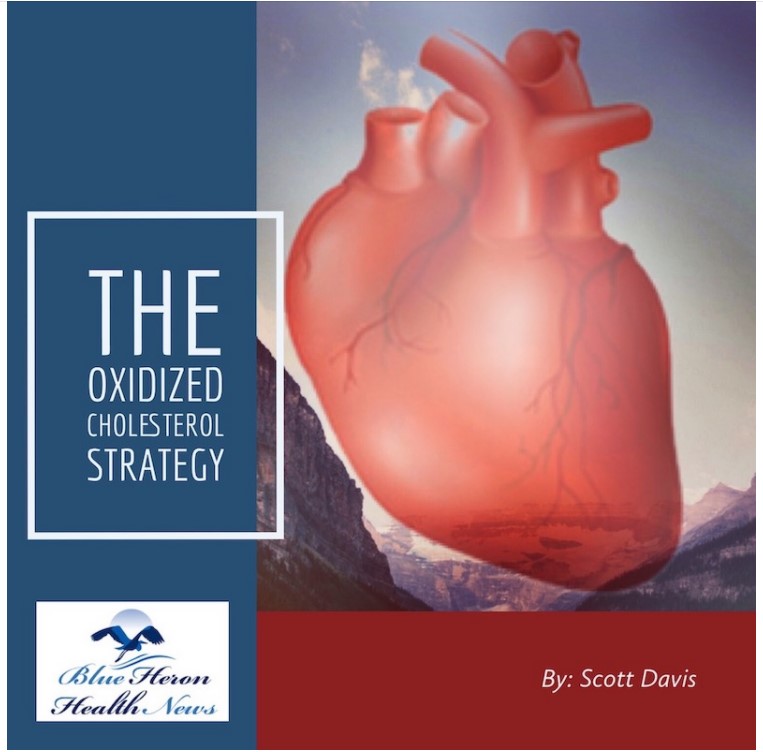Cholesterol is a very thick and waxy material that can be found floating in human blood. Cholesterol is a very useful substance as it helps in building healthy cells in our body. But, high levels of cholesterol in the human body can lead to several diseases (heart disease). Scott Davis’ eBook “The Oxidized Cholesterol Strategy” can help to lower cholesterol level below 100.
High cholesterol levels can lead to the formation of fatty deposits in blood vessels. Gradually, these small deposits grow. After a certain level of growth, these fatty deposits start blocking the way of the blood hence making it difficult for blood to pass in the blood vessels. In some cases, these fatty deposits suddenly break and this will lead to the formation of a blood clot. The formation of the blood clot may cause a stroke or heart attack.
This disease might be inherited but in most cases, it results from the choice of an unhealthy lifestyle. If it is so (resulting from an unhealthy lifestyle), then it becomes treatable and preventable. Consumption of a healthy diet, some medications, and regular exercise can help you in preventing and reducing the risk of this condition.
Symptoms:
High cholesterol level usually do not have any specific symptoms. If you have this condition, then a blood test is only a way to detect the existence of this condition in your body.
Formation:
Cholesterol is carried from your blood into cells where they are joined with proteins. This process is catalyzed by enzymes and the end product of this combination is a lipoprotein. There are many different kinds of lipoproteins in the human body. The difference like these proteins is mostly associated with a specific type of cholesterol and its density.
- High-Density Lipoproteins extract excess lipoproteins from the blood and move them back into the liver. They are called good cholesterols.
- Low-Density Lipoproteins transfer and distribute cholesterol particles throughout the human body. They are called bad cholesterol.
The lipid profile measures triglycerides in the body. Triglyceride is a type of fat in the human body. High triglyceride levels can also lead to heart disease.
Complications:
High cholesterol levels can lead to a dangerous accumulation of cholesterol deposits in the walls of arteries. This process is called atherosclerosis. The deposits formed are called plaques. Plaques can minimize and reduce the flow of blood from the arteries thus leading to many complications. Some of them are:
Chest Pain:
If the arteries that supply blood to your heart (coronary arteries) are blocked, then this will lead to pain in your chest (angina) and many other symptoms of coronary artery diseases.
Stroke:
Stroke is a bit similar to a heart attack. Mostly, a stroke occurs when the flow of blood to the brain or a part of the brain is blocked. This blockage might be due to clot or plaque formation.
Heart Attack:
If plaques formed in coronary arteries rupture or tear, a small blood clot may form at the rupture site of the plaques. This might block the flow of blood to the heart or they can break free and plug the artery downstream. If the flow of the blood stops to any part of the heart, you can have a heart attack.





